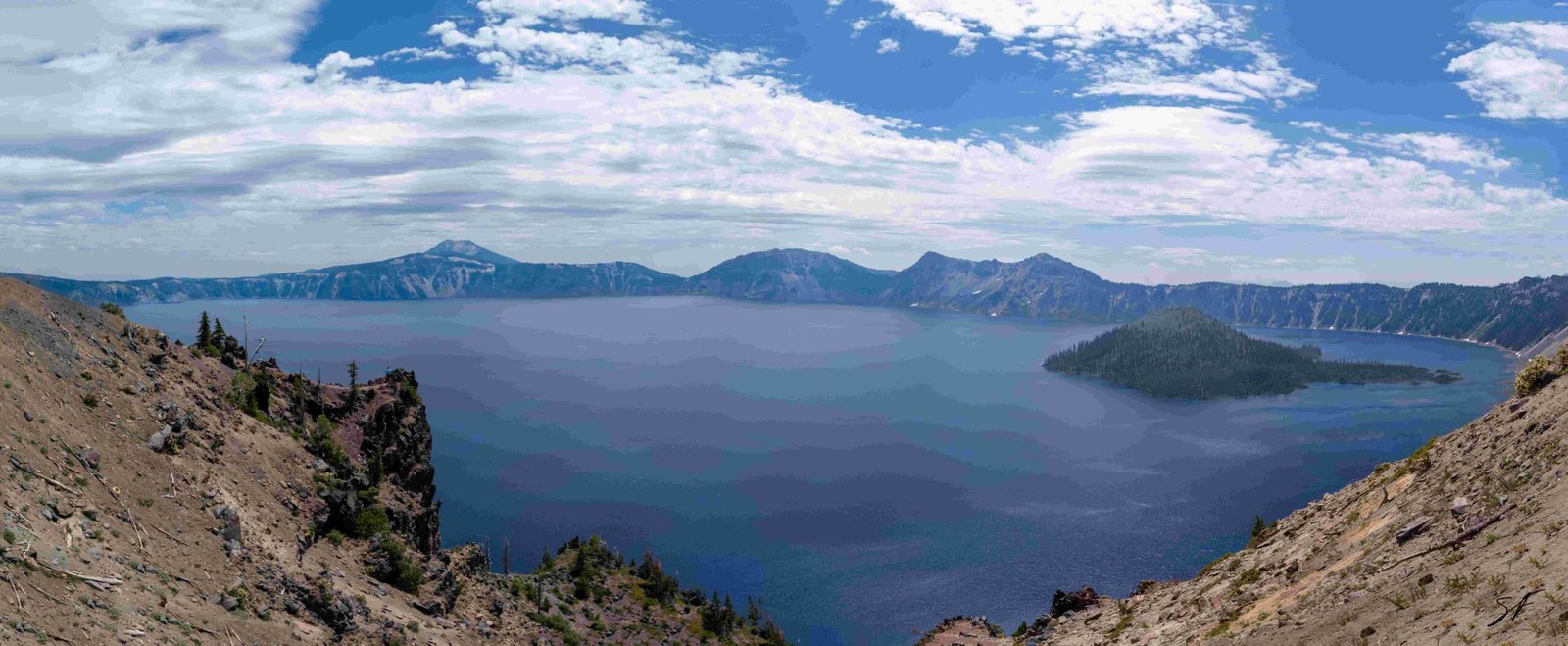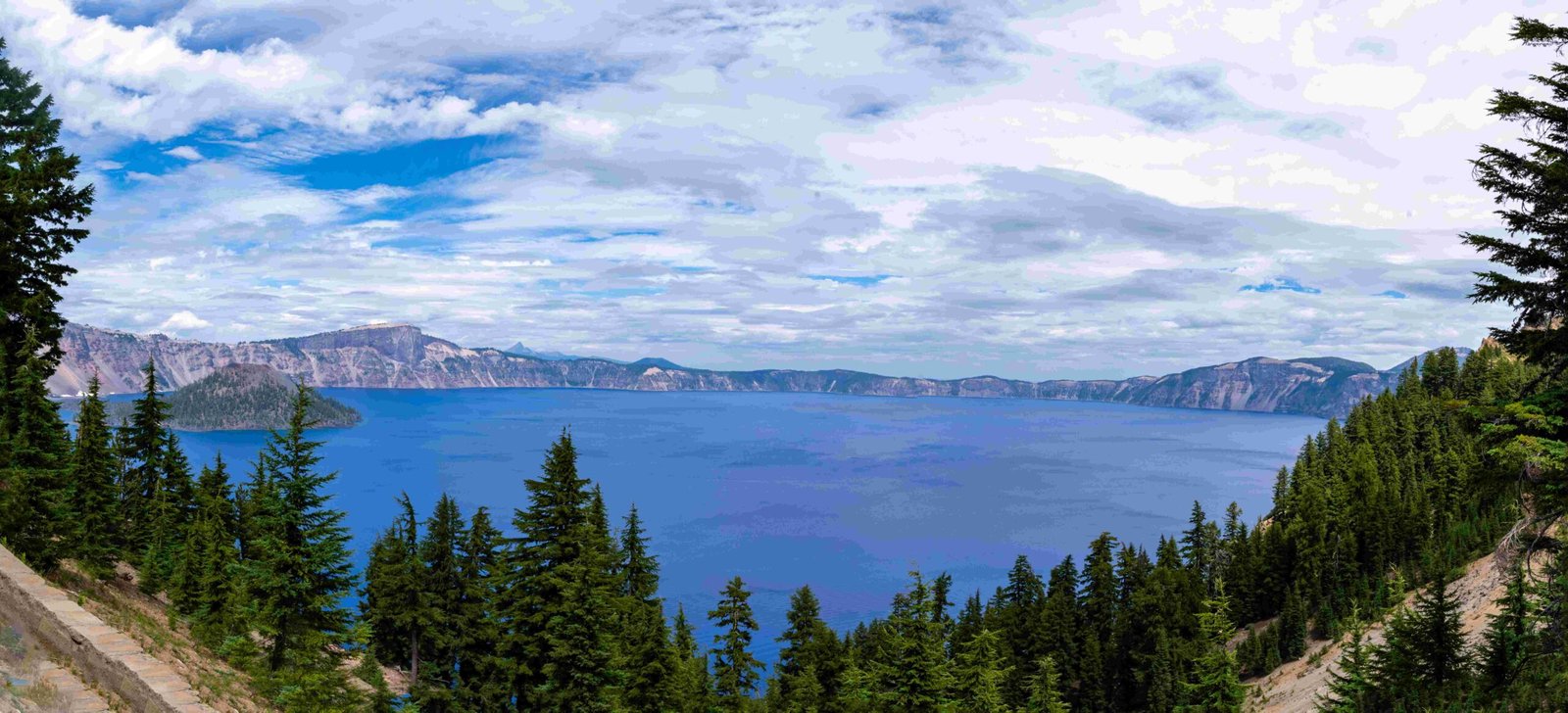The Pacific Crest Trail (PCT) from Crater Lake to Mt. Hood is a challenging 200-mile stretch that offers diverse landscapes and experiences. This section typically becomes snow-free by early to mid-July, with potential lingering snow on high peaks. Hikers encounter varied terrain, from the dry surroundings of Crater Lake to the lush forests near Mt. Hood. The trail presents unique challenges, including water scarcity, potential wildfires, and significant elevation changes, making it a test of endurance and preparation for PCT hikers.
What Are the Trail Conditions from Crater Lake to Mt. Hood?

Current Weather and Trail Surface
The Pacific Crest Trail from Crater Lake to Mt. Hood experiences diverse weather conditions throughout the hiking season:
- Snow-free conditions typically occur by early to mid-July
- May and June can be hazardous due to lingering snow and fast-moving creek crossings
- Summer months bring heat in lower elevations, while higher areas remain cooler
- Early season hikers may encounter snow, especially at higher elevations
What Obstacles and Closures Should Hikers Expect?
Hikers on this section of the PCT should be prepared for various challenges:
- Downed trees and debris from winter storms
- Scarce water sources, particularly later in the season
- Potential wildfires and summer thunderstorms causing trail closures
- Challenging creek crossings, especially during early season snowmelt
- Partial closures in specific areas like Mt. Hood National Forest due to various conditions
What Are the Specific Conditions Around Crater Lake?
The area around Crater Lake presents unique challenges:
- Dry water sources by late July or early August
- Recommendation to carry at least one gallon of water per person
- Snow persistence until early July in areas north of Crater Lake, particularly around Mount Thielsen and Howlock Mountain
Where Are the Campsite Locations and What Amenities Do They Offer?

Campsite Options from Crater Lake to Mt. Hood
| Campsite | Location | Amenities |
|---|---|---|
| Mazama Village | Near Crater Lake (via Annie Springs Trail) | Showers, supplies, mail services |
| Thielsen Creek Camp | Near Mount Thielsen | Primitive, limited amenities |
| Willamette Pass Area | Around Willamette Pass | Basic amenities (restrooms, potable water) |
| Timothy Lake Area | Around Timothy Lake | Restrooms, potable water, picnic tables |
| Barlow Pass Area | Near Barlow Pass | Basic amenities (restrooms, potable water) |
What Are the Distance and Reservation Requirements?
- Distances between campsites typically range from 10 to 20 miles
- Reservation requirements vary:
- Some national forest campsites are first-come, first-served
- Others may require reservations through recreation.gov
What Are the Access Points from Hood River?
GPS Coordinates and Parking Information
- Frog Lake Sno-Park
- GPS: 45.2433, -121.7333
- Located near US Hwy 26
- Parking available
-
Popular starting point
-
Joe Graham/Pacific Crest Trailhead
- GPS: 45.3042, -121.7433
- Near Zigzag Ranger District
-
Parking available
-
Lolo Pass Trailhead
- GPS: 45.3733, -121.7833
- At intersection of US Hwy 26 and Lolo Pass Road
- Parking available
What Are the Associated Costs or Permits?
- Some trailheads require a valid recreation pass:
- Northwest Forest Pass
- America the Beautiful Pass
- Permits for PCT travel may be required in certain areas
- Check with the Pacific Crest Trail Association (PCTA) for specific requirements
What Are the Hiking Specifications from Crater Lake to Mt. Hood?
Total Distance and Estimated Hiking Time
- Total distance: Approximately 200 miles
- Estimated hiking time: 10 to 14 days (varies based on hiker experience and pace)
What Are the Elevation Changes and Difficulty Ratings?
- Significant elevation changes throughout the trail
- Climbs to high mountains like Mount Thielsen
- Descents into valleys
- Difficulty ratings vary:
- More challenging sections around high mountains and creek crossings
- Early season challenges due to snow and fast-moving water
How Should Hikers Prepare for the Pacific Crest Trail from Crater Lake to Hood?
Essential Gear and Supplies
- Water filtration system
- Adequate water carrying capacity (at least 1 gallon per person)
- Weather-appropriate clothing (layers for temperature changes)
- Navigation tools (maps, compass, GPS device)
- First aid kit
- Sun protection (hat, sunscreen, sunglasses)
- Insect repellent
- Bear canister or food storage system
What Safety Precautions Should Be Taken?
- Check current trail conditions and weather forecasts before starting
- Inform someone of your hiking plans and expected return date
- Be prepared for sudden weather changes, especially at higher elevations
- Carry emergency communication devices (satellite phone or personal locator beacon)
- Practice Leave No Trace principles to preserve the trail environment
What Are the Highlights of the Pacific Crest Trail from Crater Lake to Hood?
Scenic Viewpoints and Natural Attractions
- Crater Lake National Park views
- Mount Thielsen (the ‘Lightning Rod of the Cascades’)
- Diamond Peak Wilderness
- Three Sisters Wilderness
- Mount Jefferson views
- Timothy Lake
- Mount Hood vistas
What Wildlife Might Hikers Encounter?
- Black bears
- Deer
- Elk
- Various bird species (including eagles and woodpeckers)
- Small mammals (squirrels, chipmunks)
- Potential rare sightings of mountain lions or wolves (from a distance)
How Can Hikers Minimize Their Environmental Impact?
Leave No Trace Principles
- Plan ahead and prepare
- Travel and camp on durable surfaces
- Dispose of waste properly
- Leave what you find
- Minimize campfire impacts
- Respect wildlife
- Be considerate of other visitors
What Are the Specific Environmental Concerns for This Section?
- Water conservation in dry areas, especially around Crater Lake
- Proper food storage to avoid attracting wildlife
- Staying on designated trails to prevent erosion and protect vegetation
- Proper disposal of human waste (use established facilities or practice proper backcountry techniques)
By following these guidelines and being well-prepared, hikers can enjoy a safe and rewarding experience on the Pacific Crest Trail from Crater Lake to Hood, while also preserving the natural beauty of this iconic trail for future generations.

